Home>Furniture & Design>Bedroom Furniture>How To Get Mold Out Of A Memory Foam Mattress
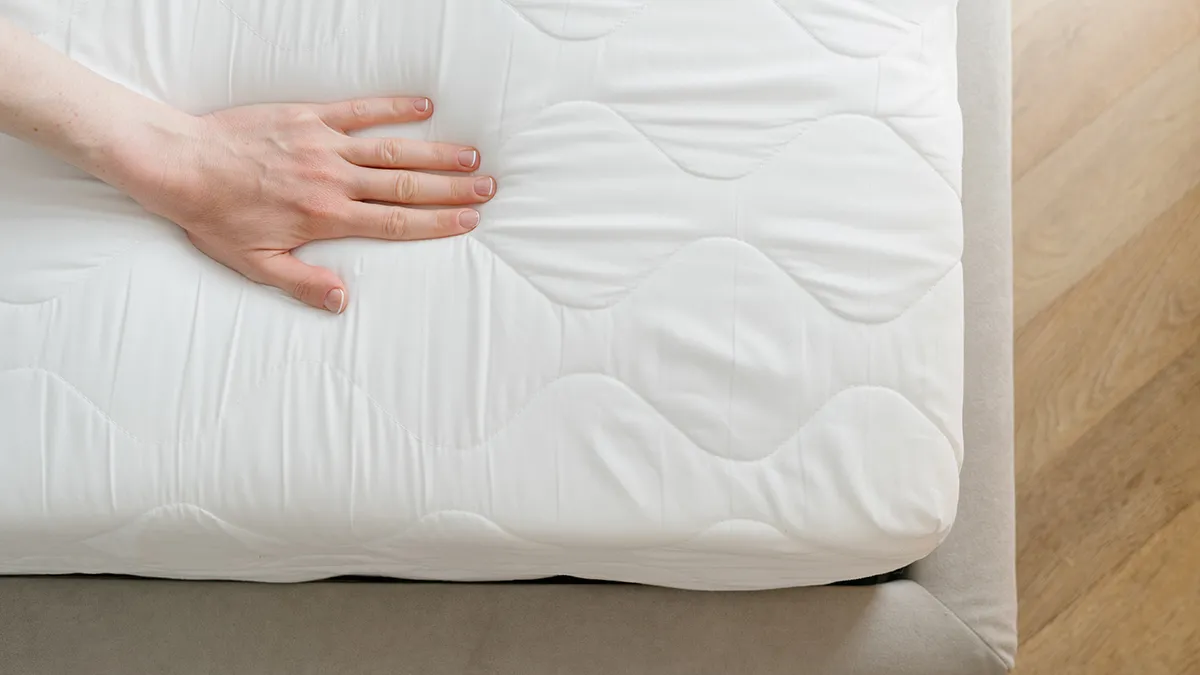

Bedroom Furniture
How To Get Mold Out Of A Memory Foam Mattress
Modified: January 14, 2024
Learn effective ways to remove mold from your memory foam mattress. Keep your bedroom furniture clean and mold-free with our expert tips and techniques. Protect your health and investment.
(Many of the links in this article redirect to a specific reviewed product. Your purchase of these products through affiliate links helps to generate commission for Storables.com, at no extra cost. Learn more)
Introduction
When it comes to creating a cozy and comfortable bedroom, a memory foam mattress is often a top choice for many individuals. The unique composition of memory foam provides unparalleled support and comfort, ensuring a restful night's sleep. However, despite its numerous benefits, memory foam mattresses are not impervious to mold growth. If left unchecked, mold can not only compromise the integrity of the mattress but also pose potential health risks to those who sleep on it.
In this comprehensive guide, we will delve into the nuances of dealing with mold on memory foam mattresses. From understanding the factors that contribute to mold growth to implementing effective cleaning and prevention strategies, we will equip you with the knowledge and tools necessary to maintain a clean and healthy sleeping environment.
Join us as we explore the intricacies of mold on memory foam mattresses and discover the best practices for keeping your sleep sanctuary pristine and mold-free. Let's embark on this journey to safeguard the integrity of your memory foam mattress and ensure a rejuvenating and hygienic sleep experience.
Key Takeaways:
- Mold on memory foam mattresses can be prevented by proper ventilation, controlling humidity, addressing spills promptly, using a mattress protector, and regular cleaning and maintenance.
- To remove mold from a memory foam mattress, prepare the work area, create a cleaning solution, treat the affected areas, rinse and dry, deodorize (optional), vacuum the mattress, and air it out thoroughly.
Read more: How To Get Pee Out Of A Memory Foam Mattress
Understanding Mold on Memory Foam Mattresses
Memory foam mattresses, known for their exceptional comfort and pressure-relieving properties, are constructed from viscoelastic foam. This material is highly absorbent and can retain moisture if not adequately ventilated. When moisture becomes trapped within the mattress, it creates an ideal environment for mold spores to thrive.
Mold growth on a memory foam mattress can be attributed to various factors, including high humidity levels, inadequate ventilation, and exposure to moisture from spills or bodily fluids. Additionally, placing the mattress directly on the floor or using a non-breathable mattress cover can exacerbate the risk of mold development.
Identifying mold on a memory foam mattress is crucial for prompt remediation. Mold may appear as discolored patches, often green, black, or white in color, and emit a musty odor. In some cases, individuals may experience allergic reactions or respiratory issues when exposed to mold, underscoring the importance of addressing the issue expediently.
By comprehending the conditions that foster mold growth and recognizing the signs of mold infestation, individuals can take proactive measures to mitigate the risk and preserve the integrity of their memory foam mattresses.
Tools and Materials Needed
Before embarking on the task of removing mold from a memory foam mattress, it is essential to gather the necessary tools and materials to ensure a thorough and effective cleaning process. Here’s a comprehensive list of items you will need:
- White vinegar
- Baking soda
- Hydrogen peroxide
- Distilled water
- Spray bottle
- Soft-bristled brush or sponge
- Fan or hairdryer
- Vacuum cleaner with upholstery attachment
- Plastic sheet or tarp
- Sunlight or a well-ventilated area
- Protective gloves
- Face mask
- Optional: Essential oils for deodorizing
These tools and materials are instrumental in effectively combating mold on a memory foam mattress while ensuring the safety of the individual performing the cleaning process. From natural cleaning agents like vinegar and baking soda to protective gear such as gloves and face masks, each item plays a crucial role in facilitating a successful mold removal endeavor.
By assembling these tools and materials, you will be well-equipped to tackle the task of eliminating mold from your memory foam mattress, restoring it to a pristine and hygienic state for continued use.
To get mold out of a memory foam mattress, mix equal parts of water and white vinegar in a spray bottle. Spray the affected area and let it sit for 30 minutes, then blot with a clean cloth. Repeat as needed and let the mattress air dry completely.
Steps to Remove Mold from Memory Foam Mattress
Dealing with mold on a memory foam mattress requires a systematic approach to ensure thorough cleaning and prevent the recurrence of mold growth. Follow these steps to effectively remove mold from your mattress:
- Prepare the Work Area: Place the mattress in a well-ventilated area or outdoors on a sunny day. Cover the ground with a plastic sheet or tarp to provide a clean surface for the cleaning process.
- Create a Cleaning Solution: In a spray bottle, mix equal parts of white vinegar and distilled water. This natural solution effectively combats mold and neutralizes odors.
- Treat the Affected Areas: Spray the cleaning solution generously onto the mold-infested areas of the mattress. Allow the solution to penetrate the foam for several minutes to begin breaking down the mold.
- Gently Scrub the Surface: Using a soft-bristled brush or sponge, gently scrub the mold-infested areas in a circular motion. Avoid aggressive scrubbing, as it may damage the delicate foam structure.
- Rinse and Dry: After scrubbing, rinse the treated areas with a mixture of water and hydrogen peroxide to further eliminate mold spores. Use a fan or hairdryer on a cool setting to expedite the drying process.
- Deodorize (Optional): If desired, add a few drops of essential oils, such as tea tree oil or lavender oil, to a fresh batch of the cleaning solution and lightly mist the mattress to impart a pleasant fragrance.
- Vacuum the Mattress: Once the mattress is completely dry, use a vacuum cleaner with an upholstery attachment to remove any remaining residue and restore the surface to its original texture.
- Air Out the Mattress: Place the mattress in direct sunlight or a well-ventilated area to allow it to air out thoroughly. Sunlight helps to naturally disinfect and deodorize the mattress.
Following these steps diligently will enable you to effectively eradicate mold from your memory foam mattress, ensuring a hygienic and mold-free sleeping surface for your continued comfort and well-being.
Prevention of Mold on Memory Foam Mattresses
Preventing mold growth on a memory foam mattress is essential for maintaining a clean and healthy sleep environment. By implementing proactive measures, individuals can safeguard their mattresses from mold infestations and prolong their lifespan. Here are some effective strategies for preventing mold on memory foam mattresses:
- Proper Ventilation: Ensure adequate airflow around the mattress by using a breathable mattress cover and periodically airing out the mattress in a well-ventilated room.
- Control Humidity Levels: Use a dehumidifier in the bedroom, especially in humid climates, to regulate indoor humidity and minimize moisture retention in the mattress.
- Address Spills Promptly: Accidental spills should be promptly blotted with a dry cloth and the affected area should be thoroughly dried to prevent moisture from seeping into the mattress.
- Invest in a Mattress Protector: Consider using a waterproof and breathable mattress protector to create a barrier against spills, sweat, and other sources of moisture.
- Regular Cleaning and Maintenance: Vacuum the mattress periodically to remove dust and debris, and spot-clean any soiled areas promptly to prevent the accumulation of organic matter that can foster mold growth.
- Rotate and Flip the Mattress: Rotate the mattress regularly to promote even wear and air circulation, and consider flipping it if it is designed for dual-sided use.
By incorporating these preventive measures into your mattress care routine, you can significantly reduce the risk of mold formation and preserve the pristine condition of your memory foam mattress. Consistent maintenance and proactive measures are key to ensuring a healthy and hygienic sleep environment for years to come.
Conclusion
As we conclude our journey into the realm of combating mold on memory foam mattresses, it is evident that proactive maintenance and swift remediation are paramount in preserving the cleanliness and integrity of these beloved sleep surfaces. Understanding the factors that contribute to mold growth, assembling the necessary tools and materials, and following a systematic approach to mold removal are crucial steps in safeguarding your mattress and ensuring a healthy sleep environment.
By embracing preventive measures such as proper ventilation, humidity control, and regular cleaning, individuals can mitigate the risk of mold formation and prolong the lifespan of their memory foam mattresses. These proactive strategies not only protect the mattress but also contribute to a hygienic and rejuvenating sleep experience.
It is essential to remember that mold removal from a memory foam mattress requires patience, diligence, and attention to detail. From creating a natural cleaning solution to gently treating the affected areas and facilitating thorough drying, each step plays a vital role in achieving a mold-free and revitalized mattress.
As you embark on the journey of maintaining a clean and healthy sleep sanctuary, may the insights and strategies shared in this guide empower you to tackle mold-related challenges with confidence and efficacy. With diligence and a proactive mindset, you can ensure that your memory foam mattress remains a haven of comfort and tranquility, free from the perils of mold infestation.
Here’s to embracing a mold-free and rejuvenating sleep experience on your cherished memory foam mattress for years to come.
Now that you've tackled mold on your memory foam mattress, why stop there? Wood furniture can also fall victim to mold's unsightly and unhealthy invasion. For those cherished wooden pieces, understanding and applying effective mold removal strategies is key. Dive into our detailed guide on how to eradicate mold from wood furniture and keep your living spaces fresh and clean. You'll find practical tips and techniques that promise to restore your wood furniture's beauty and ensure it stays in top condition.
Frequently Asked Questions about How To Get Mold Out Of A Memory Foam Mattress
Was this page helpful?
At Storables.com, we guarantee accurate and reliable information. Our content, validated by Expert Board Contributors, is crafted following stringent Editorial Policies. We're committed to providing you with well-researched, expert-backed insights for all your informational needs.
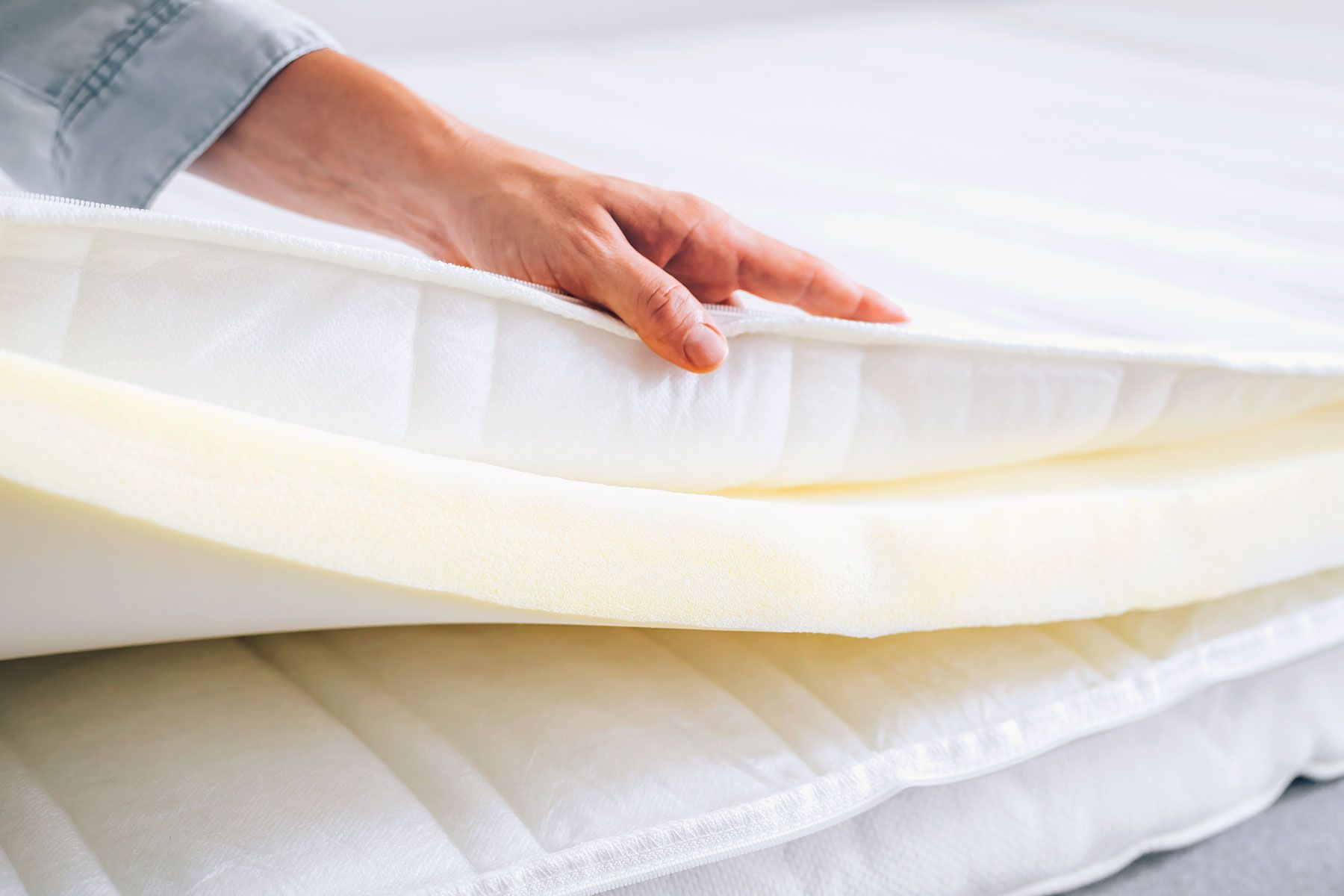
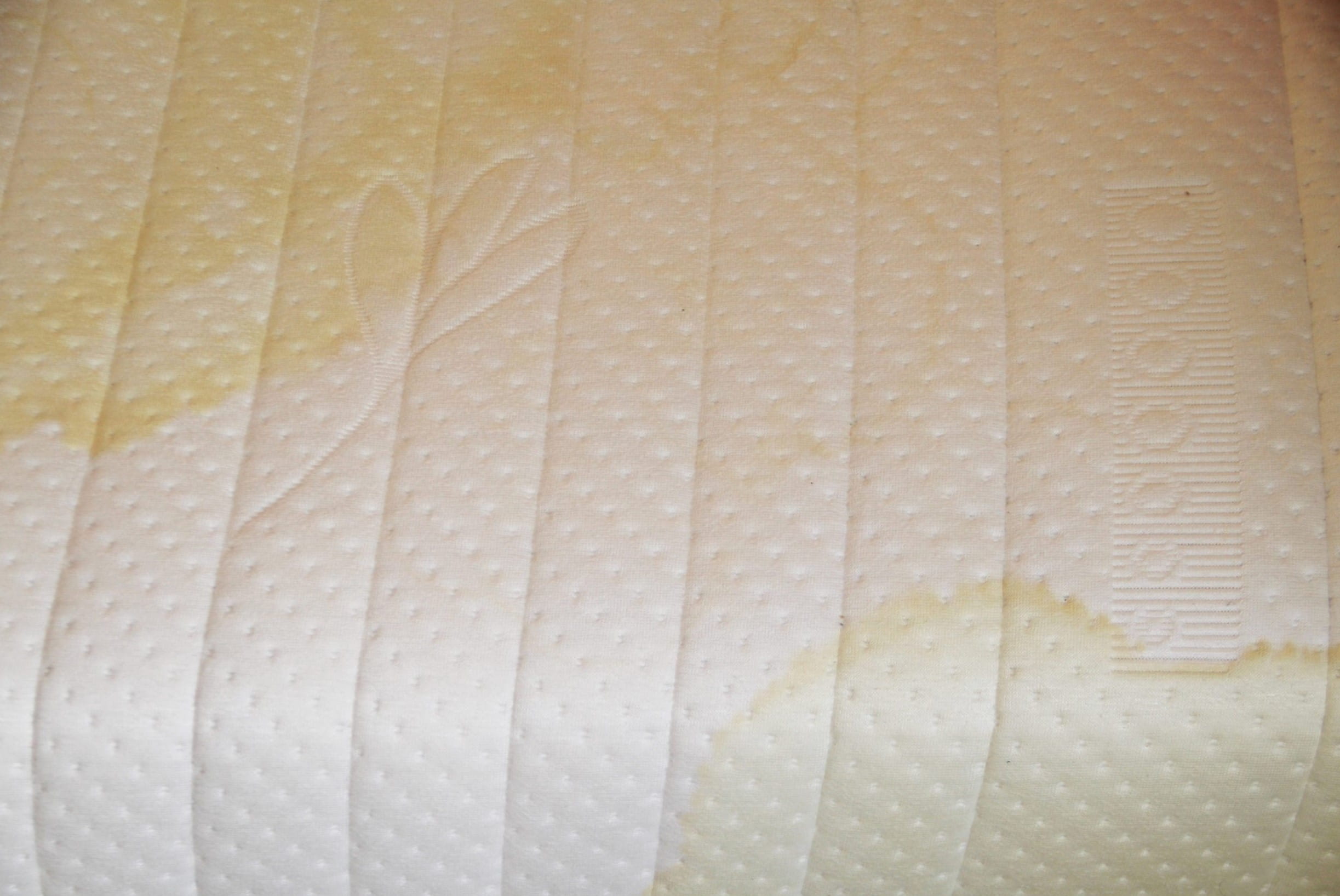
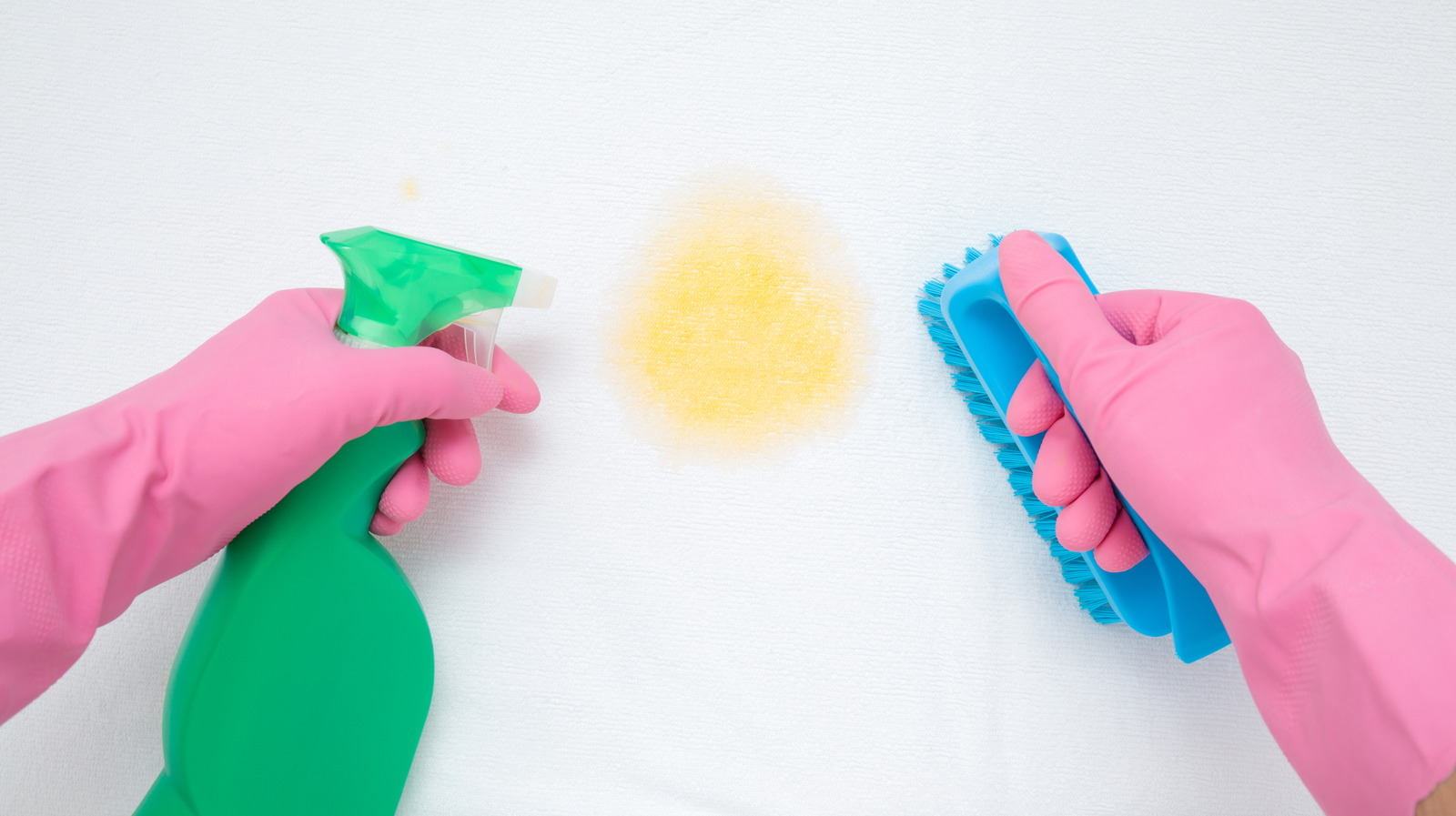
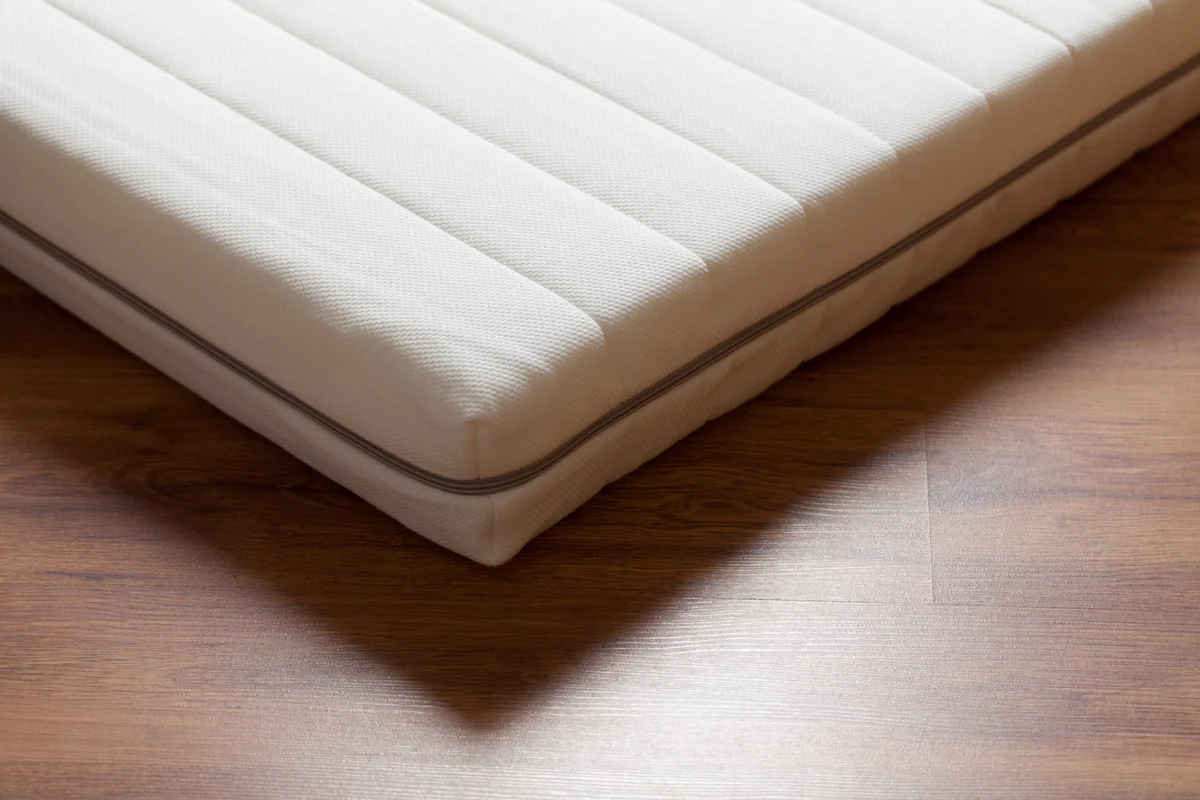
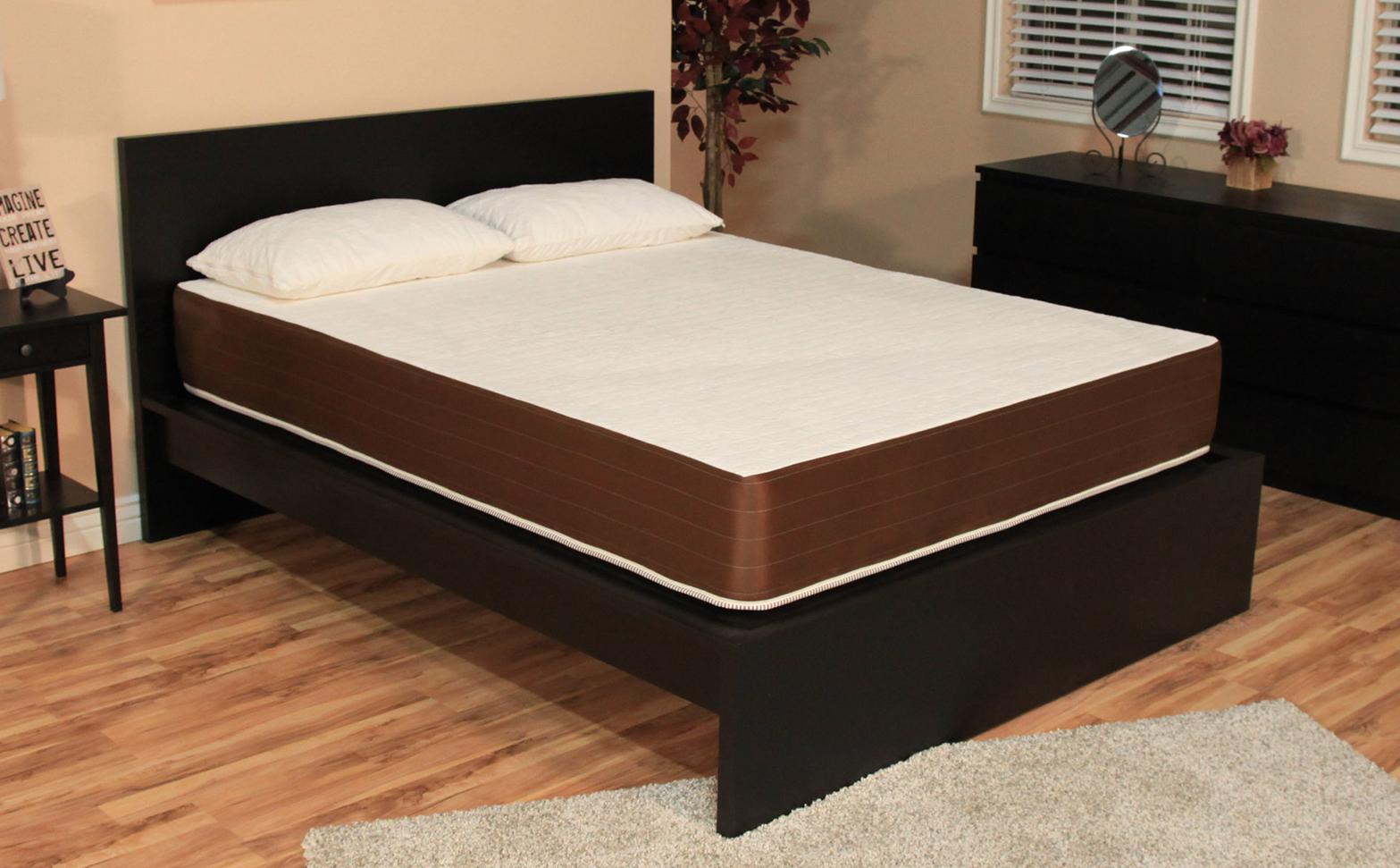
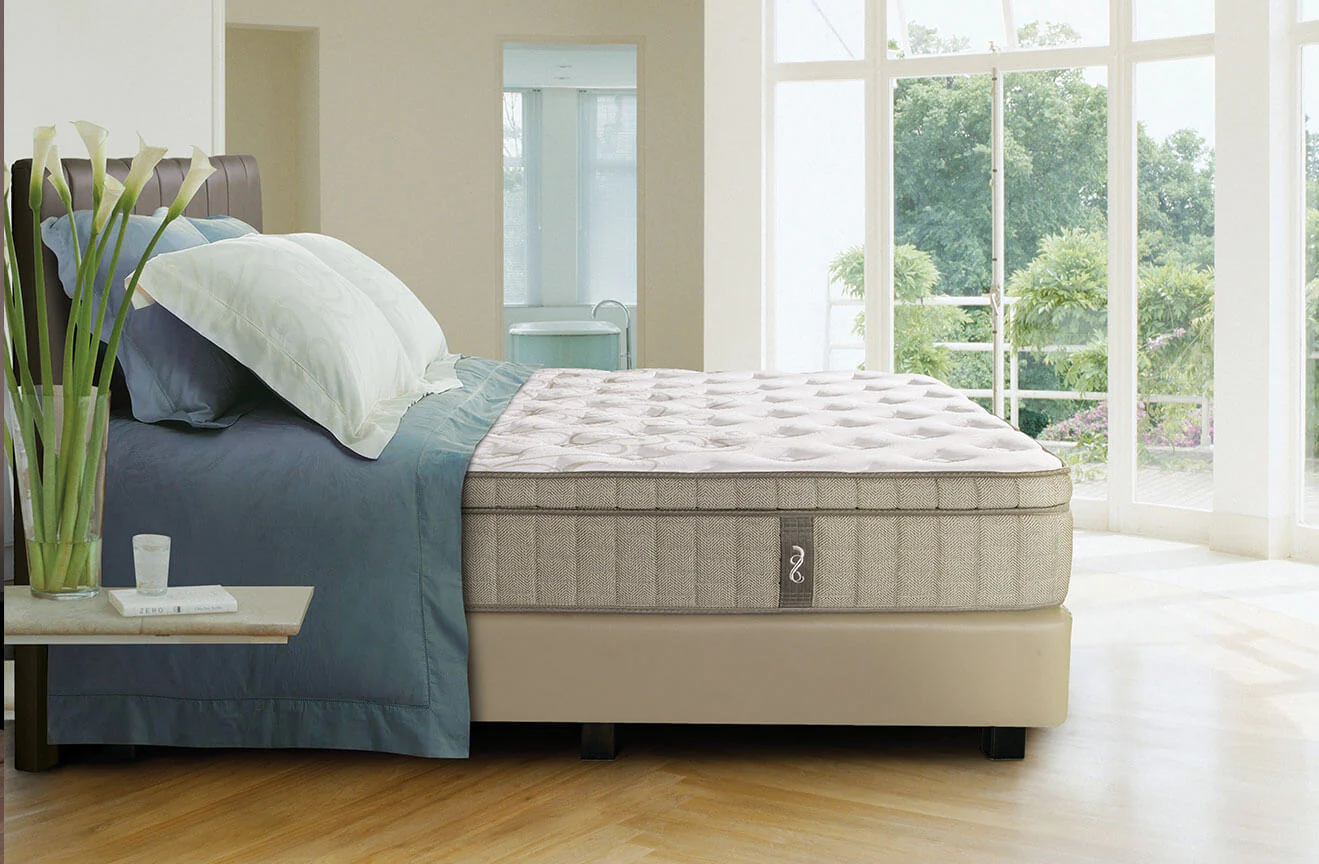
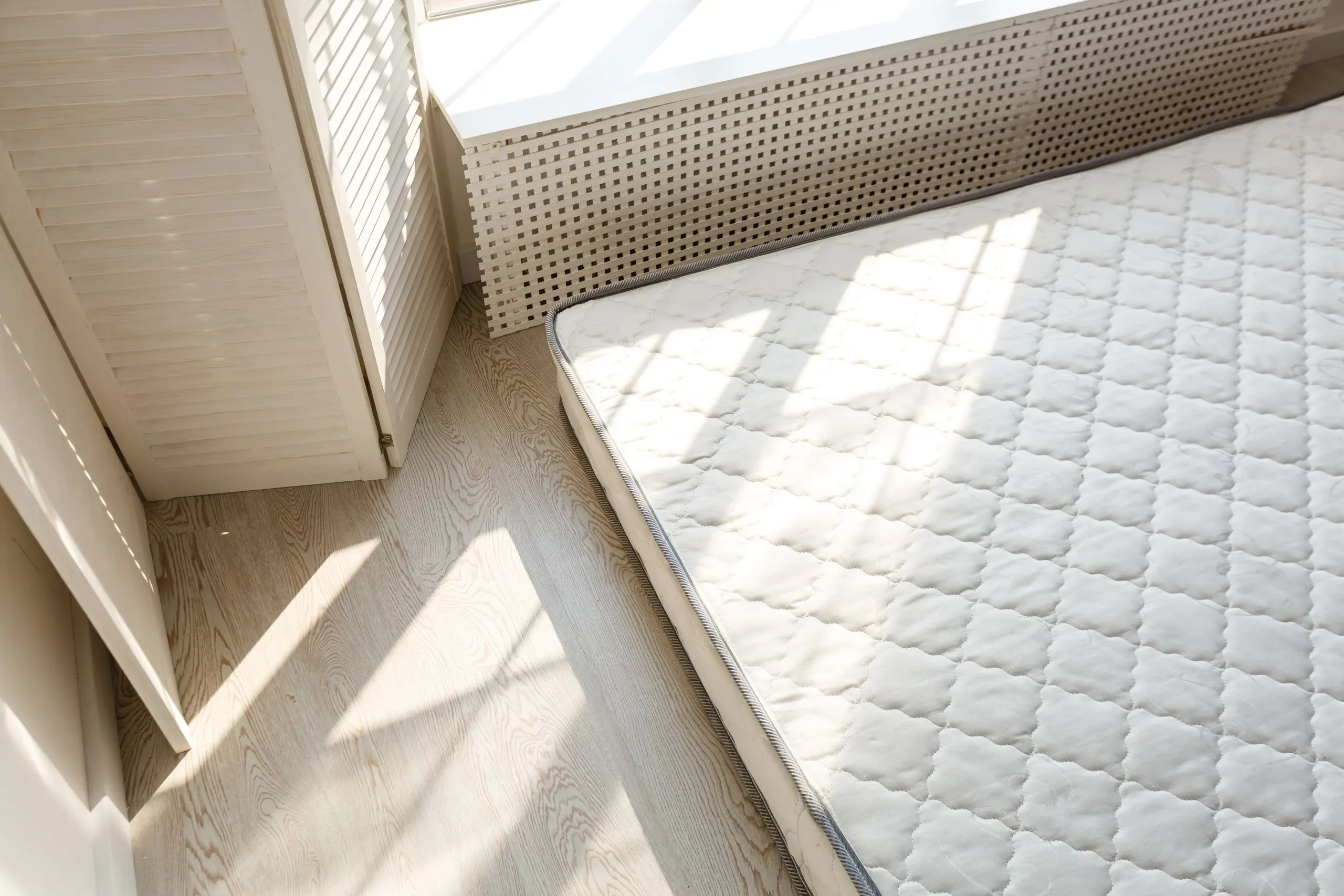
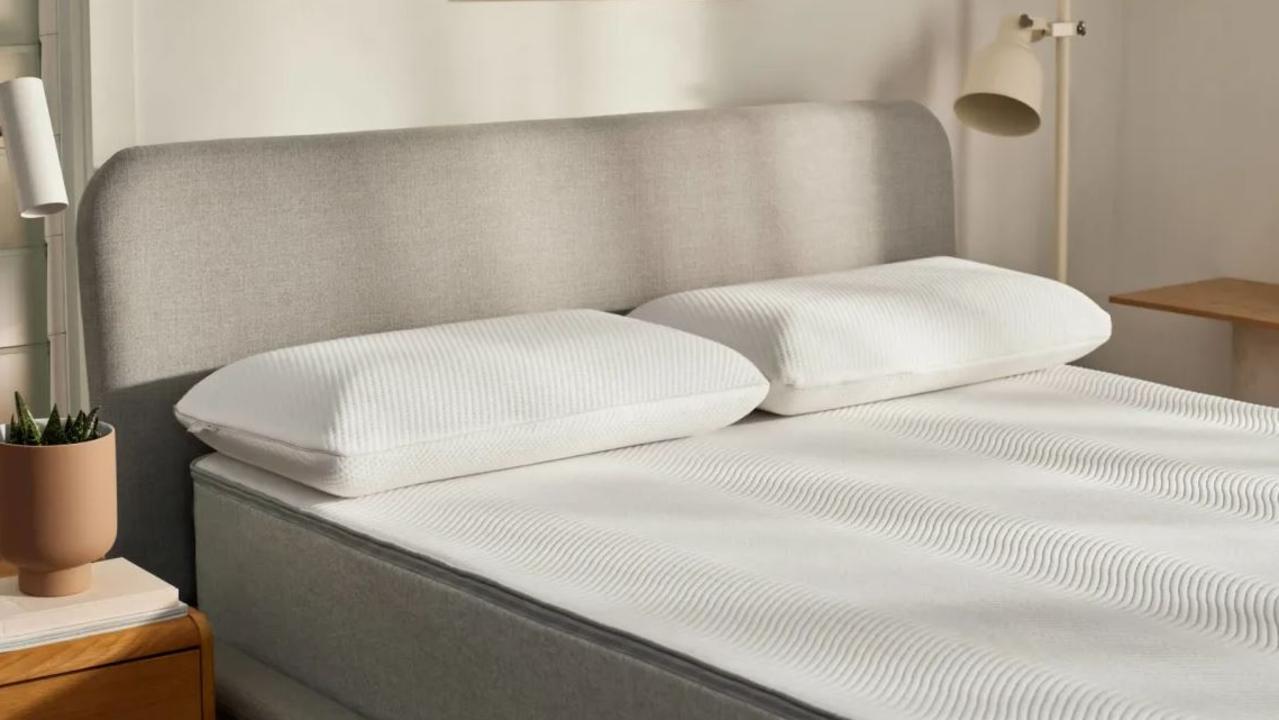
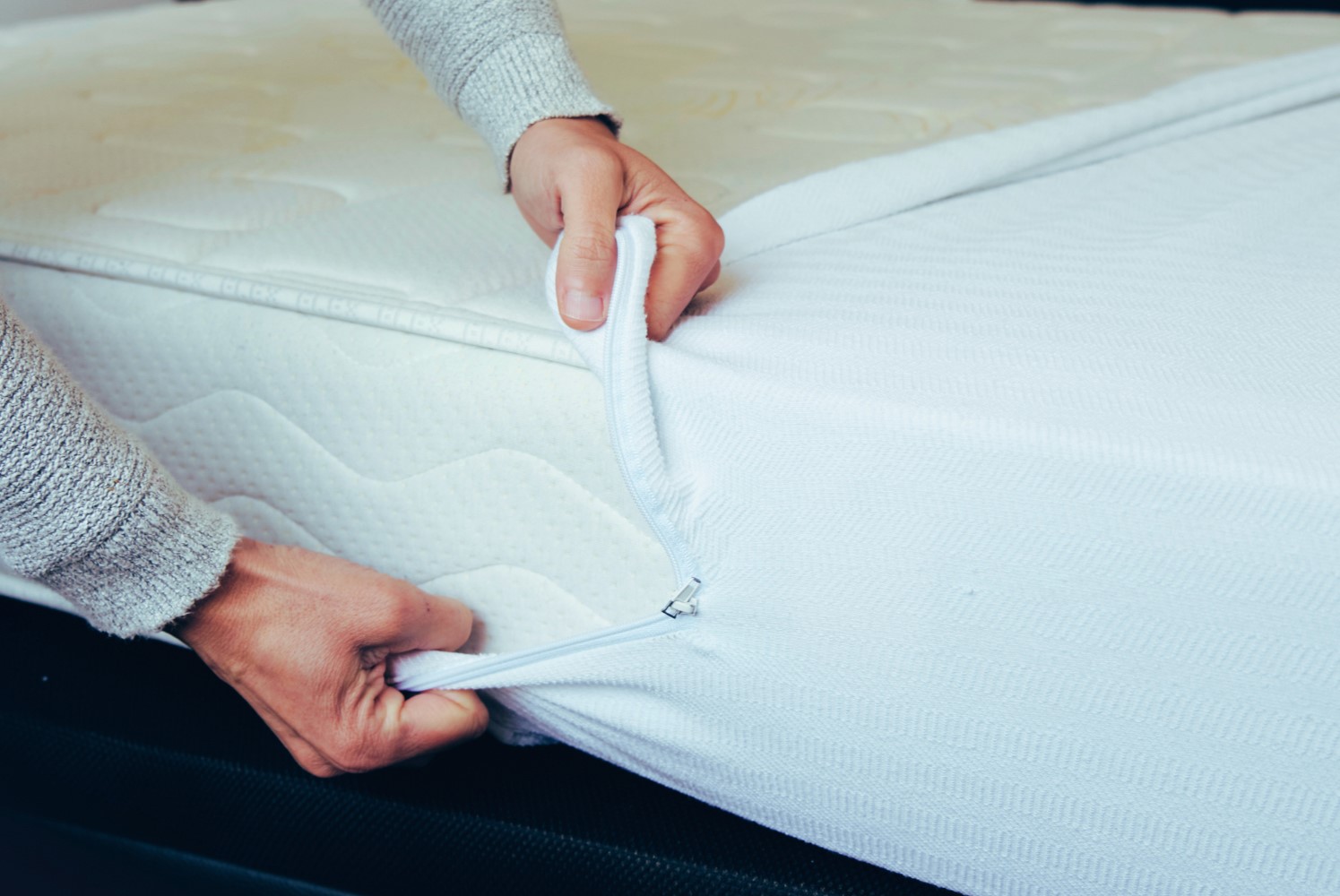

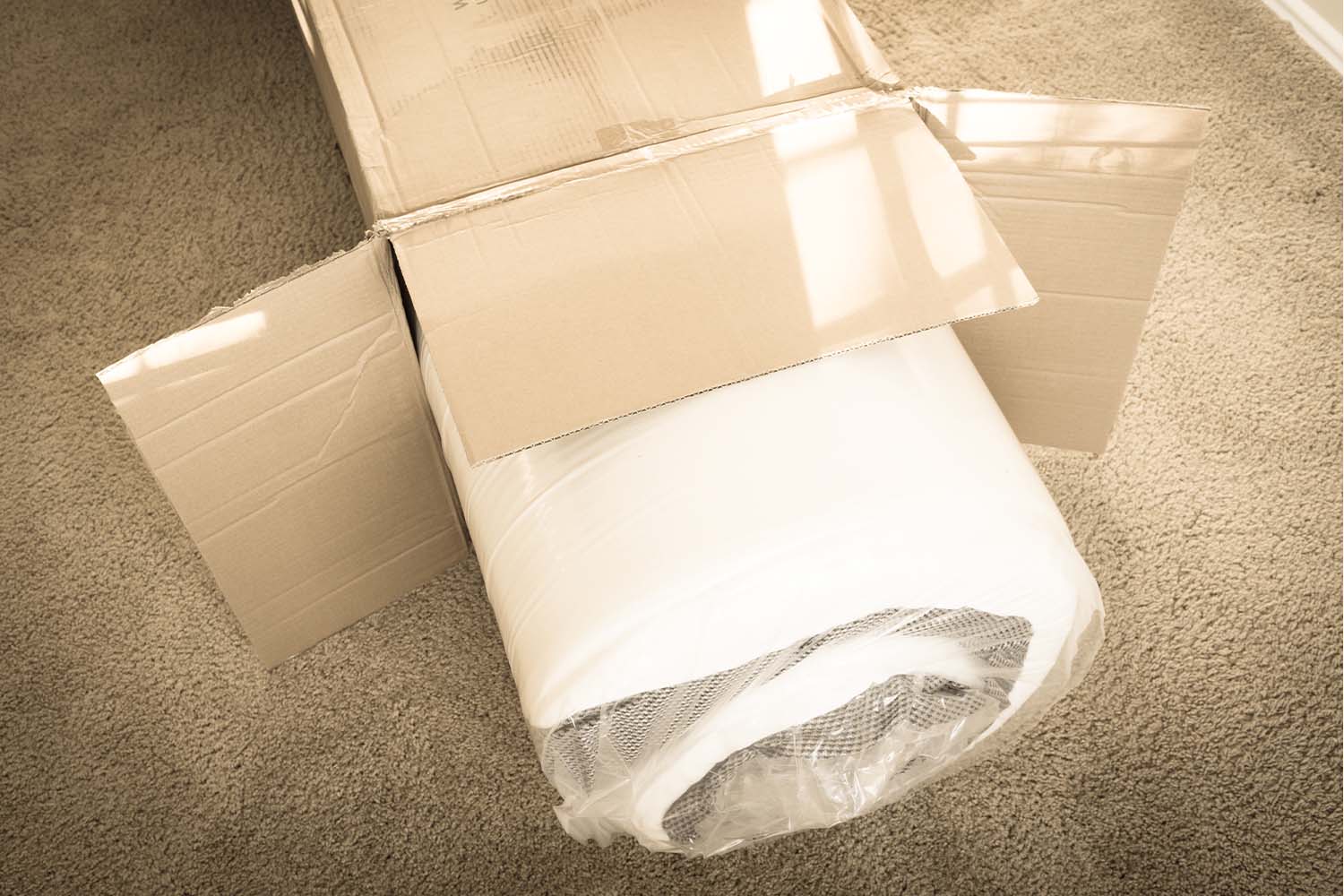
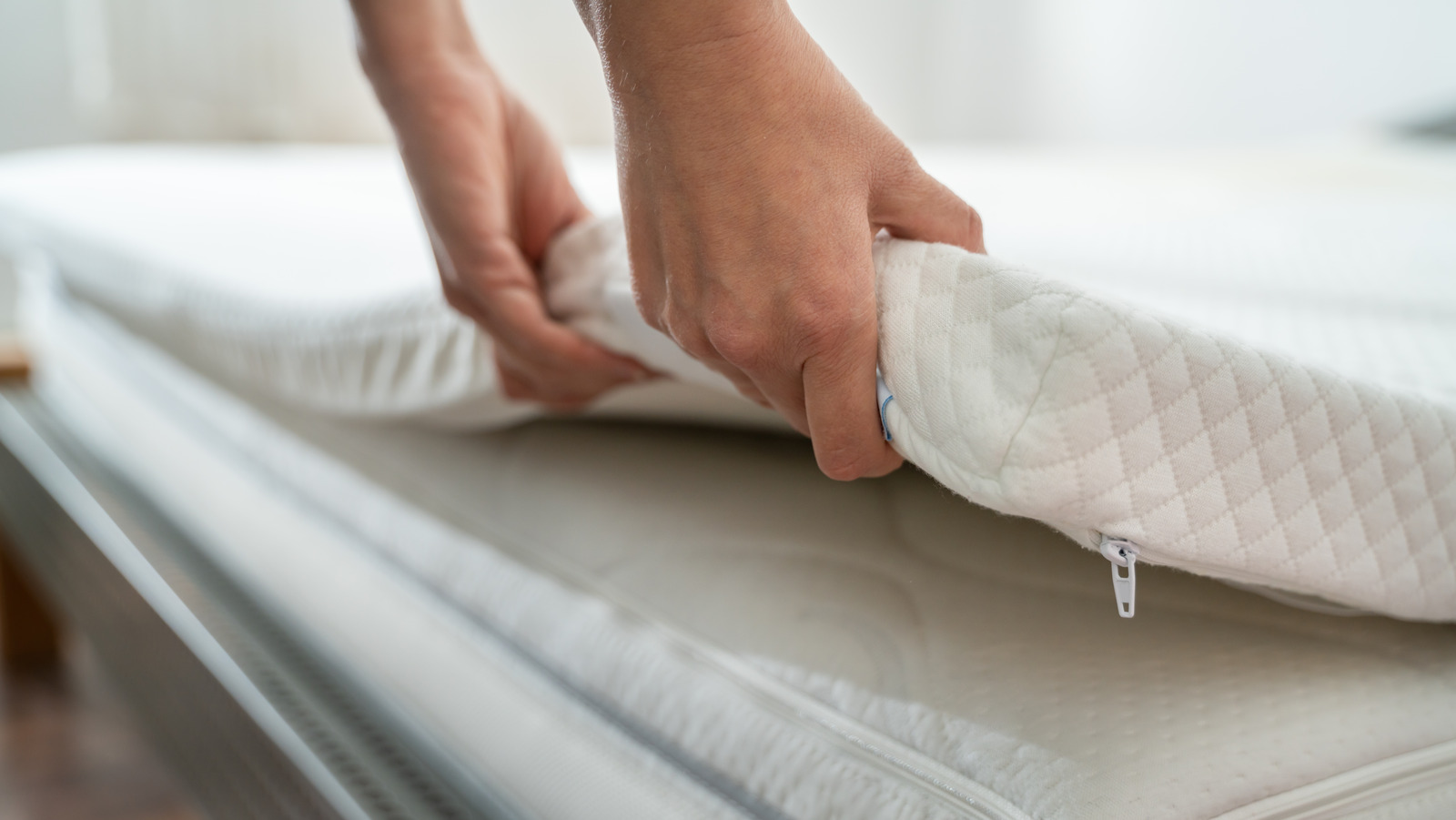
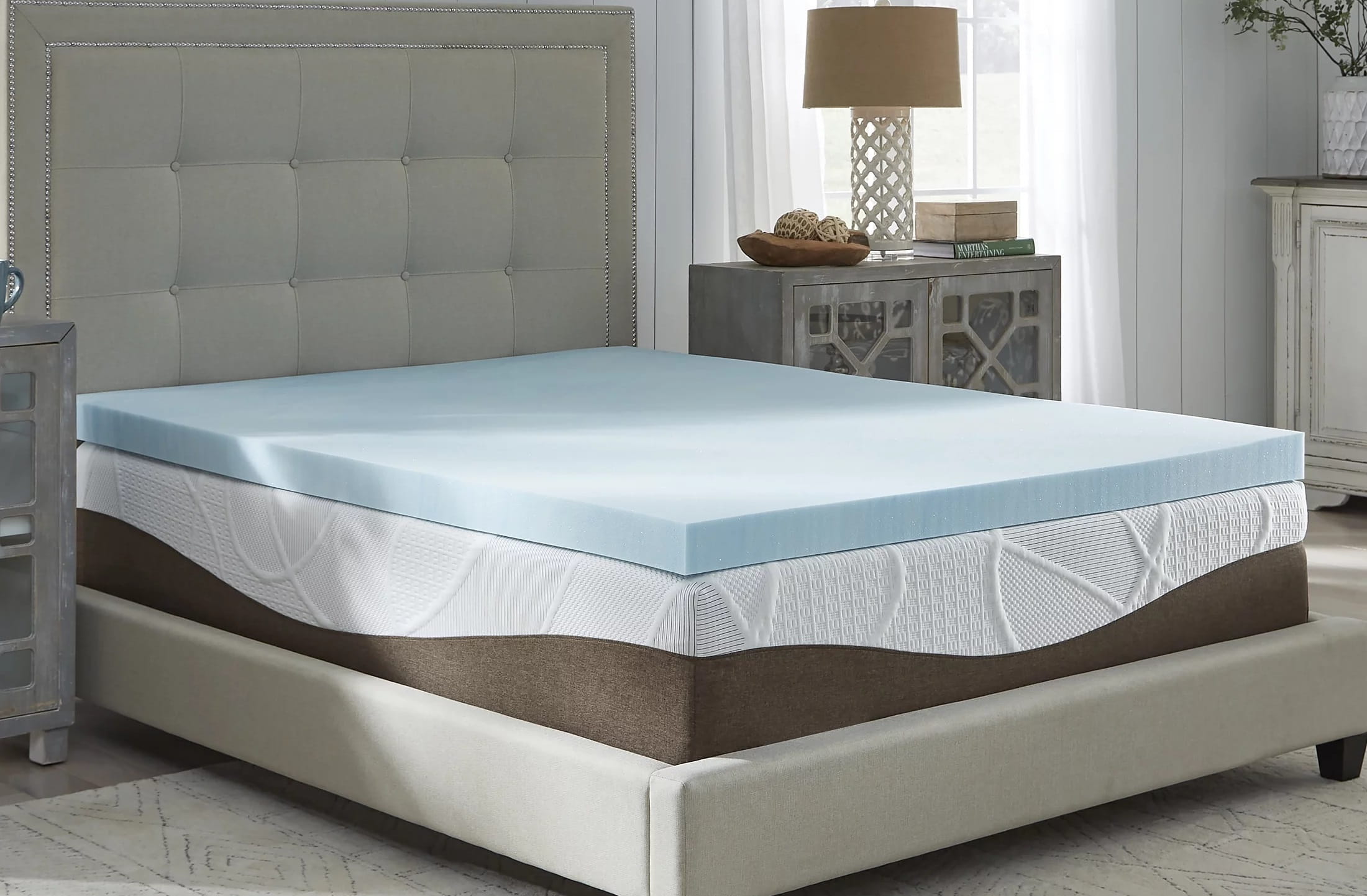
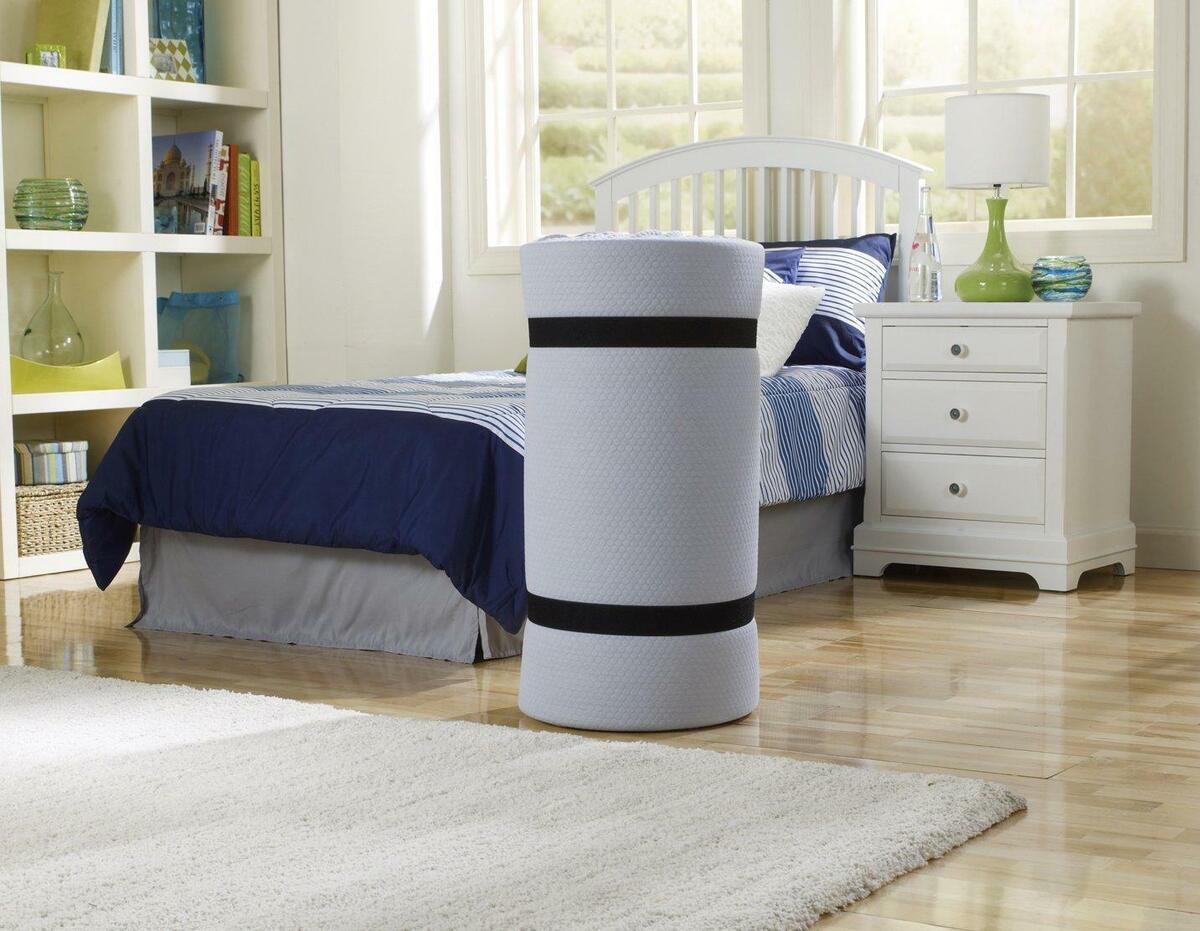

0 thoughts on “How To Get Mold Out Of A Memory Foam Mattress”